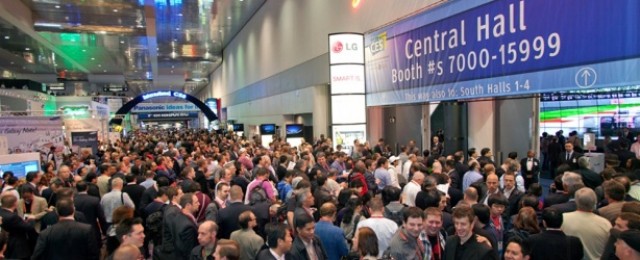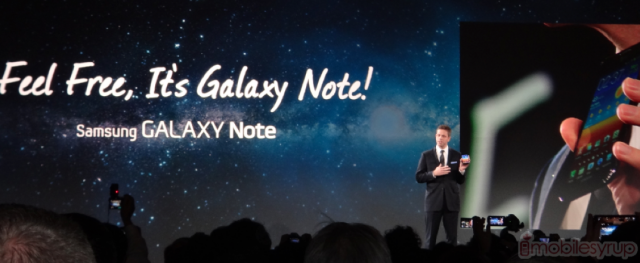
The lights never seem to dim in Vegas. Even at 4am, when the sun is slowly rising in the east, the city itself seems to be emitting some sort of warble, an obsequious challenge to sleep less and spend more.
CES itself is much the same. This is not an event for the general public, but the place for companies to show off their upcoming flagship products, and make business deals that affect everyone. With three main halls, each of which take hours to navigate in a confused haze of caffeine and hunger pangs, there is no end to the potential for great news reporting.
But it was in this environment that we spent four days immersed in tech, scurrying around talking with various representatives soaking up the what’s new. The feeling is a little like being drunk: you exist on adrenaline, fawning over the few important device announcements and then, once exhausted, continuing to wander the expansive fluorescent hallways like a zombie. But the genius is in the scale: there is a sheer surplus of material to write about — some good, some famously bad — but yet all very promising that someday, hopefully, will help the industry move forward.
Two mobile devices that were crowd favourites from CES 2012: the Nokia Lumia 900 and the Sony Xperia S. Both handsets are conscious evolutions of their existing product lines, but make thoughtful changes in ways that consolidate the individual components into a cohesive and attractive fullness. Both companies are coming at their prospective markets as underdogs: Sony is rebranding, removing the Ericsson from its name, and with it comes the potential for an important brand re-recognition. Nokia has a harder job: it has completely shifted its operating platform, and has a lot more to lose if its Windows Phone commitment doesn’t pan out.
But it will. It’s clear from the company’s reception throughout the show that Nokia has made its name important again in North America, and with it the Windows Phone brand. Sony, too, has been playing the mass-market consumer card, focusing on creating attractive products that don’t compete on “techs and specs,” but on overall design and performance.

Neither company, like so many of the underdogs at this show, will have an easy 2012. The clear mindset winner of the show – Samsung – is coming into the calendar year high on life, profit and market share. But it’s also clear they are not going stop innovating. Expect huge things from the company this year, from the next Galaxy phone to tablets and, perhaps more impressively, cohesive device interoperability. Samsung showcased a TV prototype in which you could use hand gestures to change channels, or your voice to search for content.
For Canadians, the relevant news was slim but good: we are getting the LTE Galaxy Note; the Lumia 800 and 710; the Xperia S. Many devices, like the Lumia 900 and Xperia Ion, US-exclusives for now, will most likely come to Canada later this year.
LG held a press conference to announce the LG Spectrum (Bell Optimus LTE) was heading to Verizon; we’ll see their full upcoming product line at Mobile World Congress in February. Meanwhile, HTC only had a small booth for the US-only Titan II. RIM showed off its fantastic-looking Playbook OS 2.0, but nothing new on the handset front (which was expected). Lenovo, Asus, Acer were all completely AWOL for Canadians, though Motorola showed off its RAZR MAXX that, if we’re lucky, will find its way north.
Mainly the show was a testament to how far the industry has come in such a short time; everything, from fridges to stoves to windows, are connected somehow to the internet, and the smartphone is the source of their power. As the “cloud” becomes fuller and more accessible, easier to use and less expensive, the smartphone will continue to be our ears, eyes and perhaps even our touch.
Thanks for following our coverage of CES 2012, and we’ll be back next year!
MobileSyrup may earn a commission from purchases made via our links, which helps fund the journalism we provide free on our website. These links do not influence our editorial content. Support us here.


